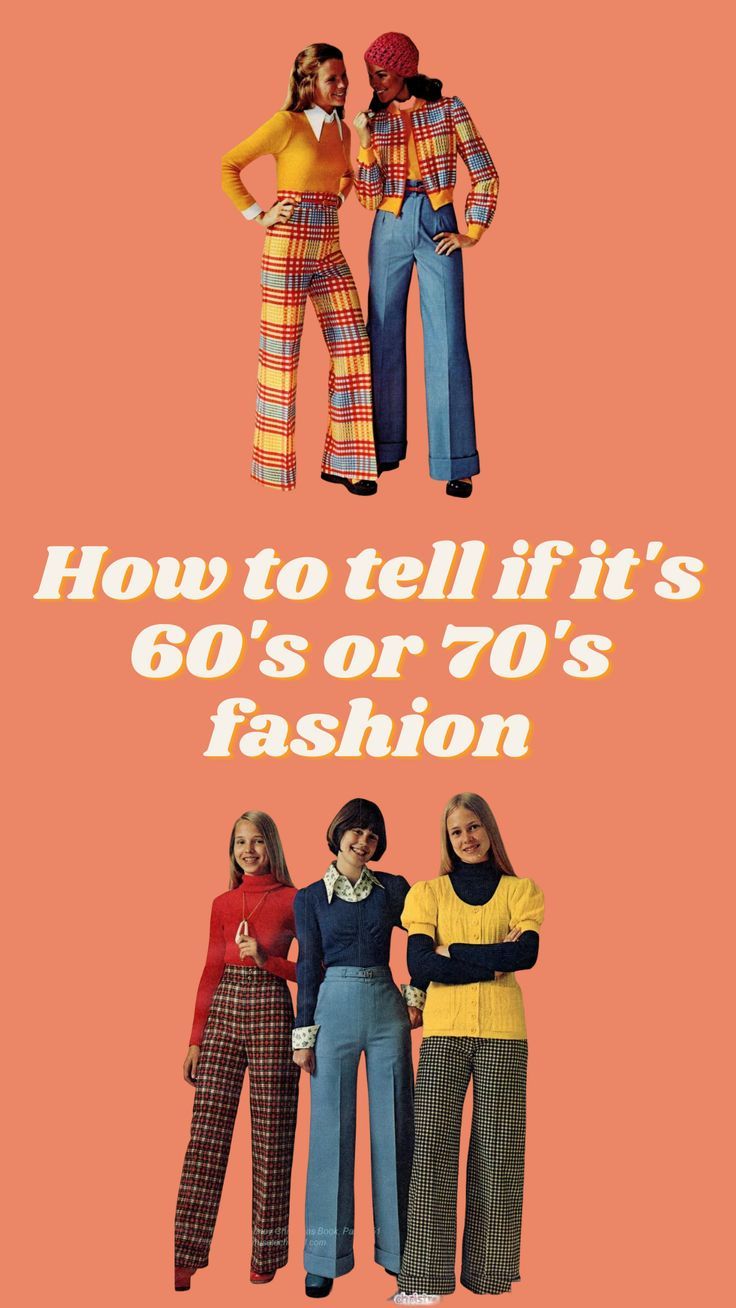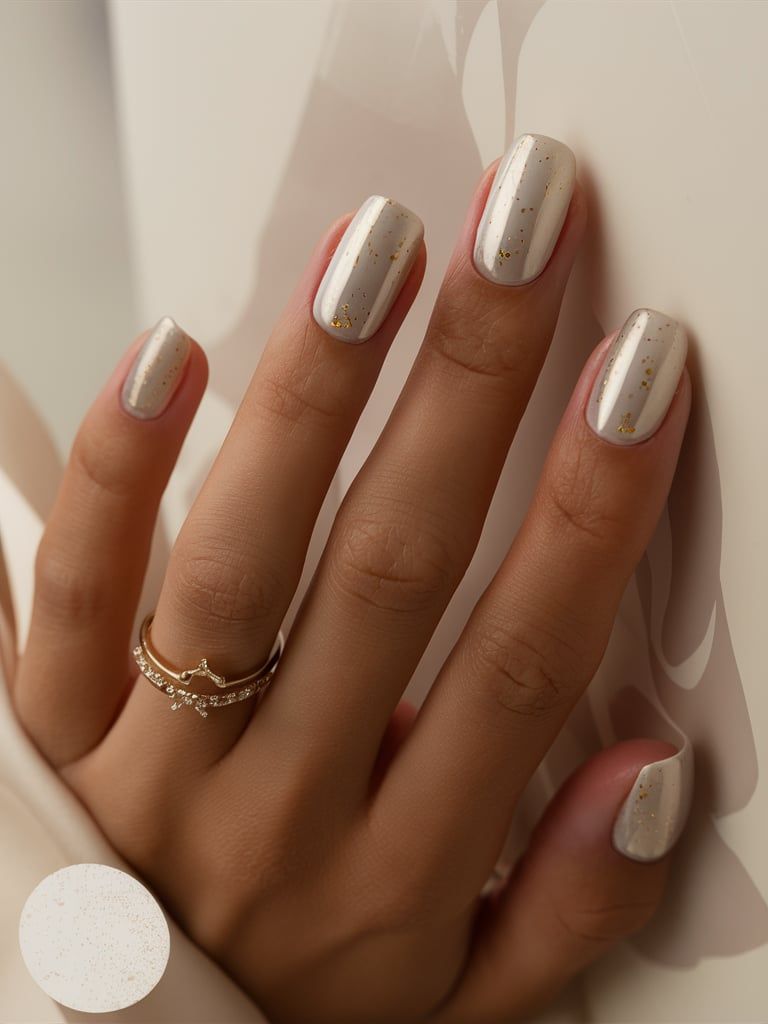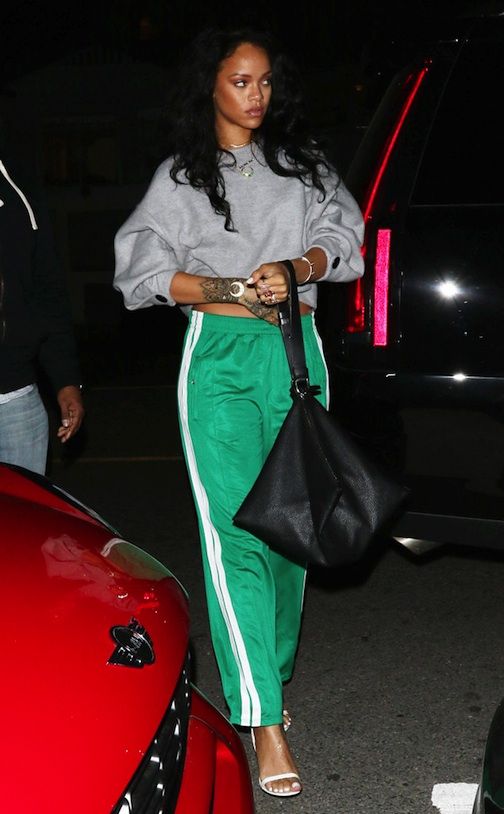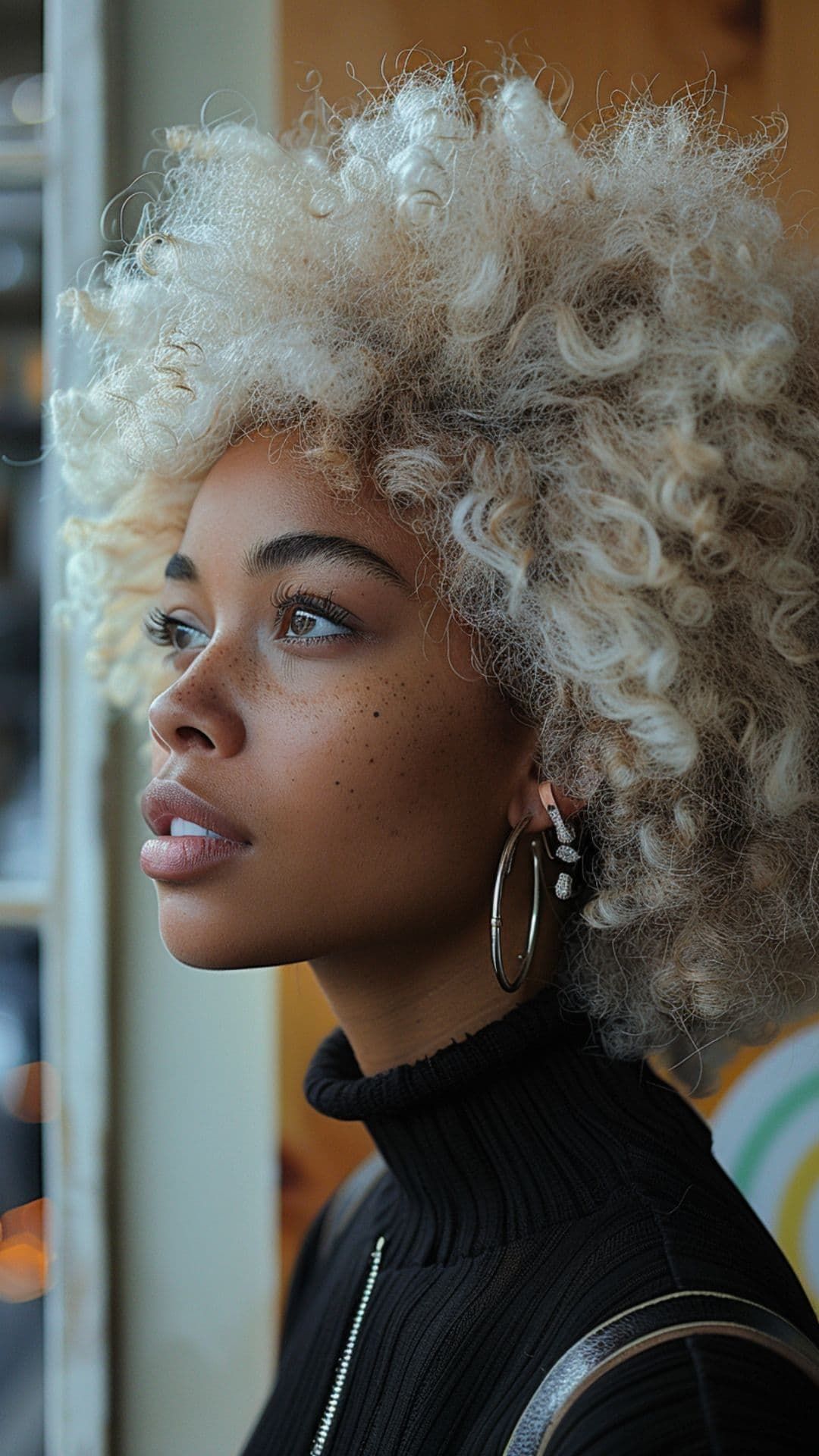The 1960s and 1970s were transformative decades in fashion, with distinct styles and trends that can still be seen today. From the mod-inspired looks of the 60s to the bohemian vibes of the 70s, each decade had its own unique aesthetic. In this article, we will explore the key fashion trends of the 60s and 70s, as well as how to tell the difference between the two decades.
1960s Fashion Trends
The 1960s were a time of rebellion and reinvention, and the fashion reflected this. The mod style, characterized by clean lines, bold colors, and geometric patterns, was a prominent trend of the era. Shift dresses, mini skirts, and go-go boots were popular among women, while men embraced slim-fitting suits and turtle neck sweaters. The use of synthetic fabrics like polyester and PVC also became widespread, adding to the futuristic and edgy feel of 60s fashion.
– Mod-inspired looks
– Clean lines and bold colors
– Shift dresses, mini skirts, and go-go boots
– Slim-fitting suits and turtle neck sweaters
– Synthetic fabrics like polyester and PVC
1970s Fashion Trends
The 1970s brought a more relaxed and free-spirited approach to fashion, with the rise of bohemian and hippie influences. Flowy maxi dresses, flared jeans, peasant blouses, and fringe details were staples of 70s fashion, reflecting a more laid-back and natural aesthetic. Earthy tones, floral prints, and ethnic-inspired patterns also became popular during this time. Additionally, disco culture had a major impact on fashion, with glittery and glamorous styles dominating the dance floors.
– Bohemian and hippie influences
– Flowy maxi dresses, flared jeans, peasant blouses, and fringe details
– Earthy tones, floral prints, and ethnic-inspired patterns
– Glittery and glamorous disco styles
Differences Between 60s and 70s Fashion
While there are some similarities between the fashion of the 60s and 70s, there are key differences that can help distinguish between the two decades. One of the most obvious differences is the silhouette of the clothing. In the 60s, the emphasis was on sleek and streamlined shapes, with a focus on mini lengths and tailored looks. In contrast, the 70s favored a more relaxed and flowy silhouette, with maxi lengths and loose, bohemian styles.
– Silhouette: 60s had sleek and streamlined shapes, 70s had a relaxed and flowy silhouette
– Colors and Patterns: 60s had bold colors and geometric patterns, 70s had earthy tones, floral prints, and ethnic-inspired patterns
– Fabrics: 60s used synthetic fabrics like polyester, 70s favored natural fabrics like cotton and linen
– Accessories: 60s had mod-inspired accessories like go-go boots, 70s had bohemian accessories like fringe details and layered jewelry
In addition to these distinctions, the overall mood and inspiration behind the fashion of each decade sets them apart. The 60s were marked by a futuristic and space-age influence, with an emphasis on bold, pop art colors and graphic patterns. On the other hand, the 70s drew from the natural world, with a focus on earthy tones, floral prints, and ethnic-inspired details. The rise of the bohemian and hippie movement in the 70s also brought a more relaxed and free-spirited energy to fashion.
In conclusion, the 1960s and 1970s were dynamic decades in fashion, each with its own distinct style and influence. While the 60s were characterized by mod-inspired looks and futuristic influences, the 70s embraced bohemian and hippie aesthetics, reflecting a more relaxed and free-spirited approach to fashion. By understanding the key differences in silhouette, colors, fabrics, and inspiration, it becomes easier to distinguish between the fashion of the 60s and 70s.
You can review our digital products by following us on Etsy.





